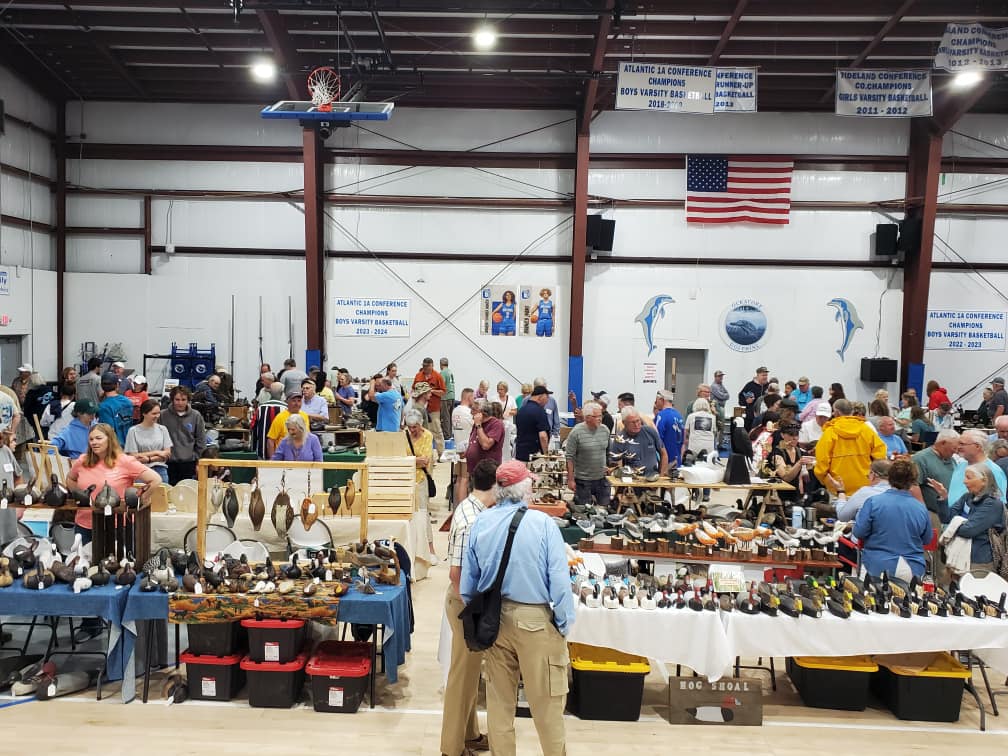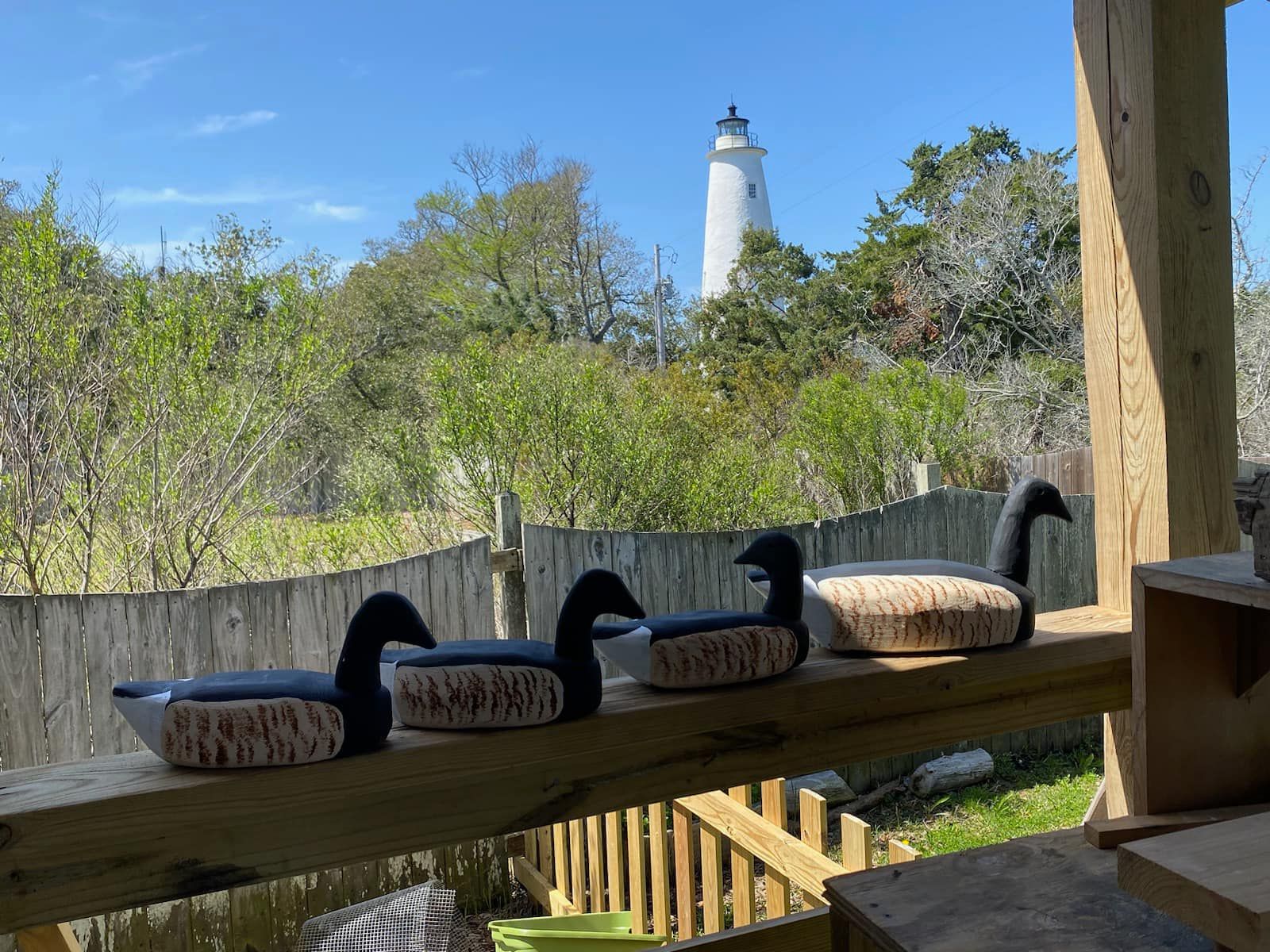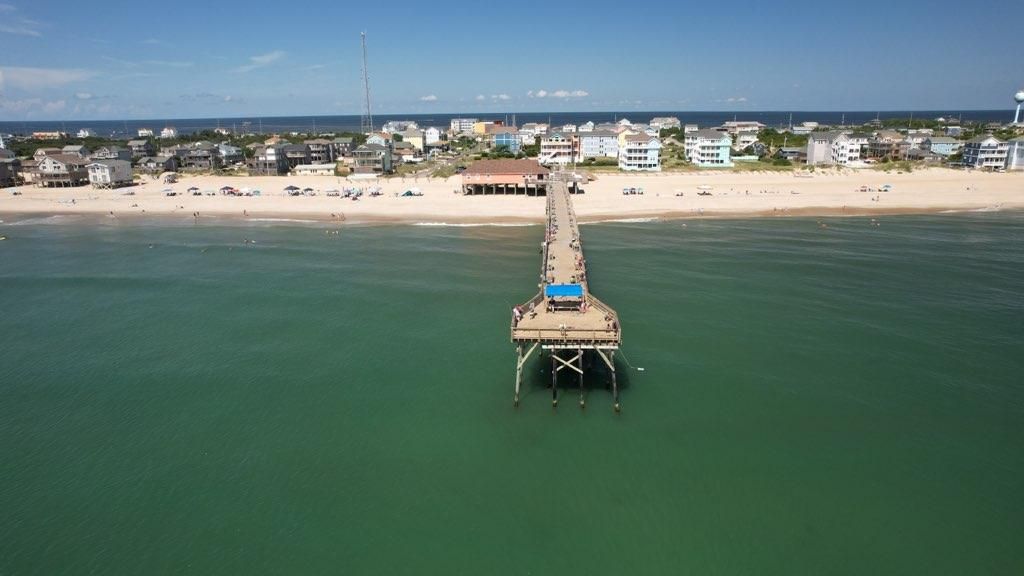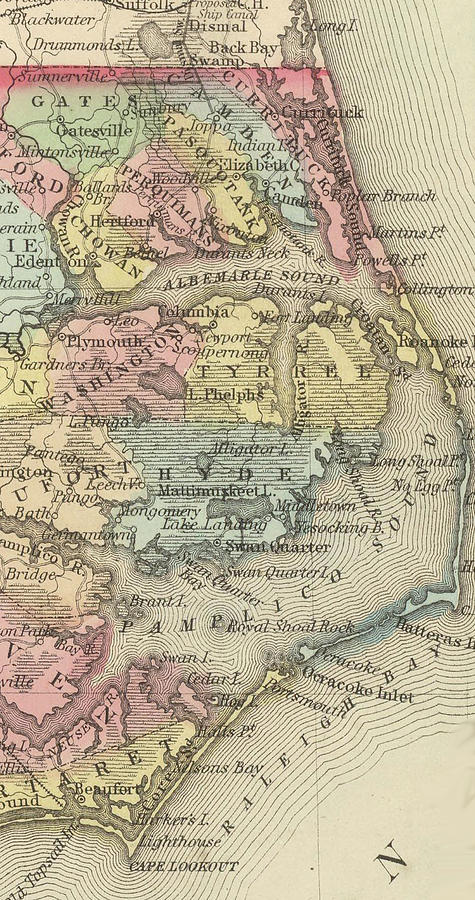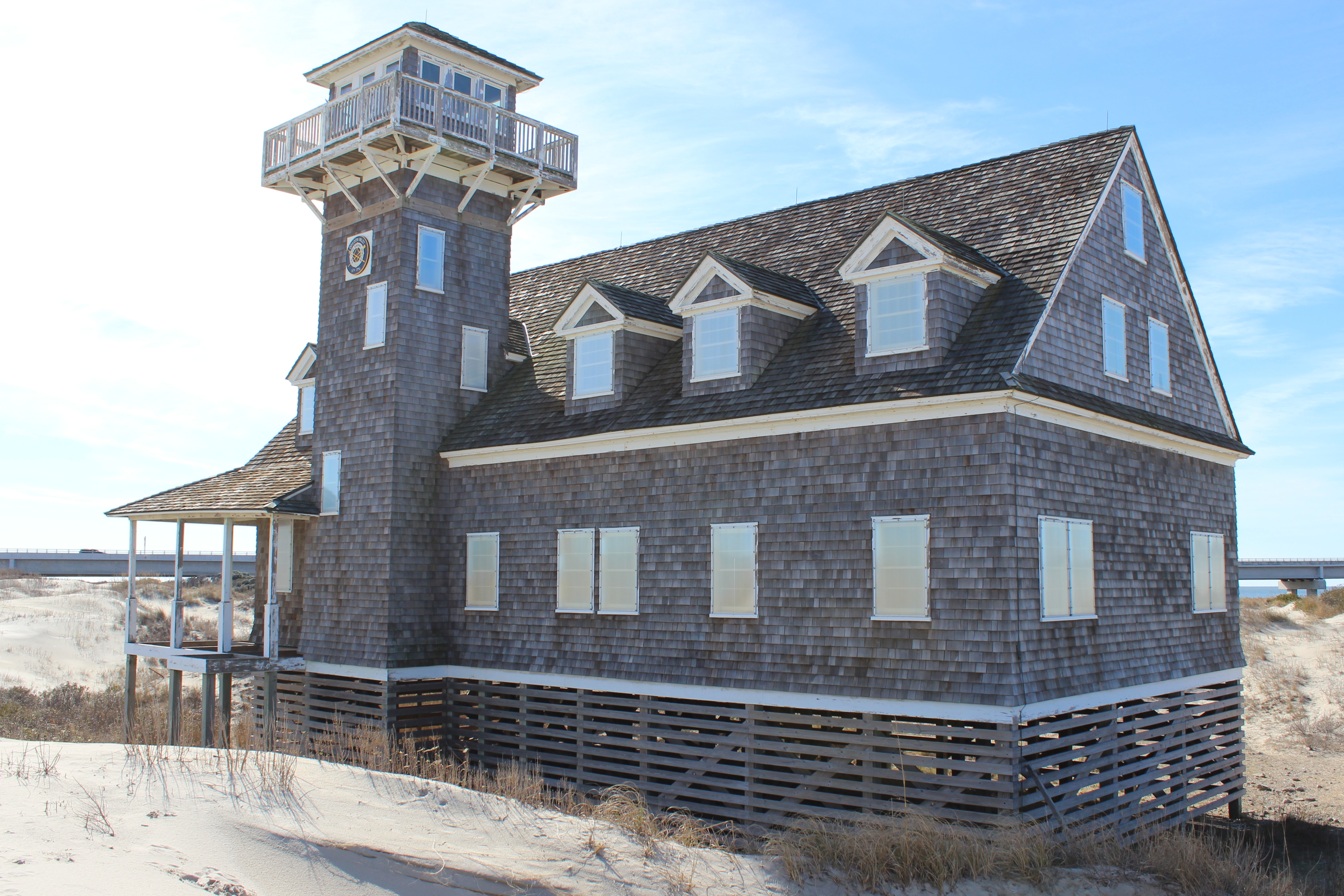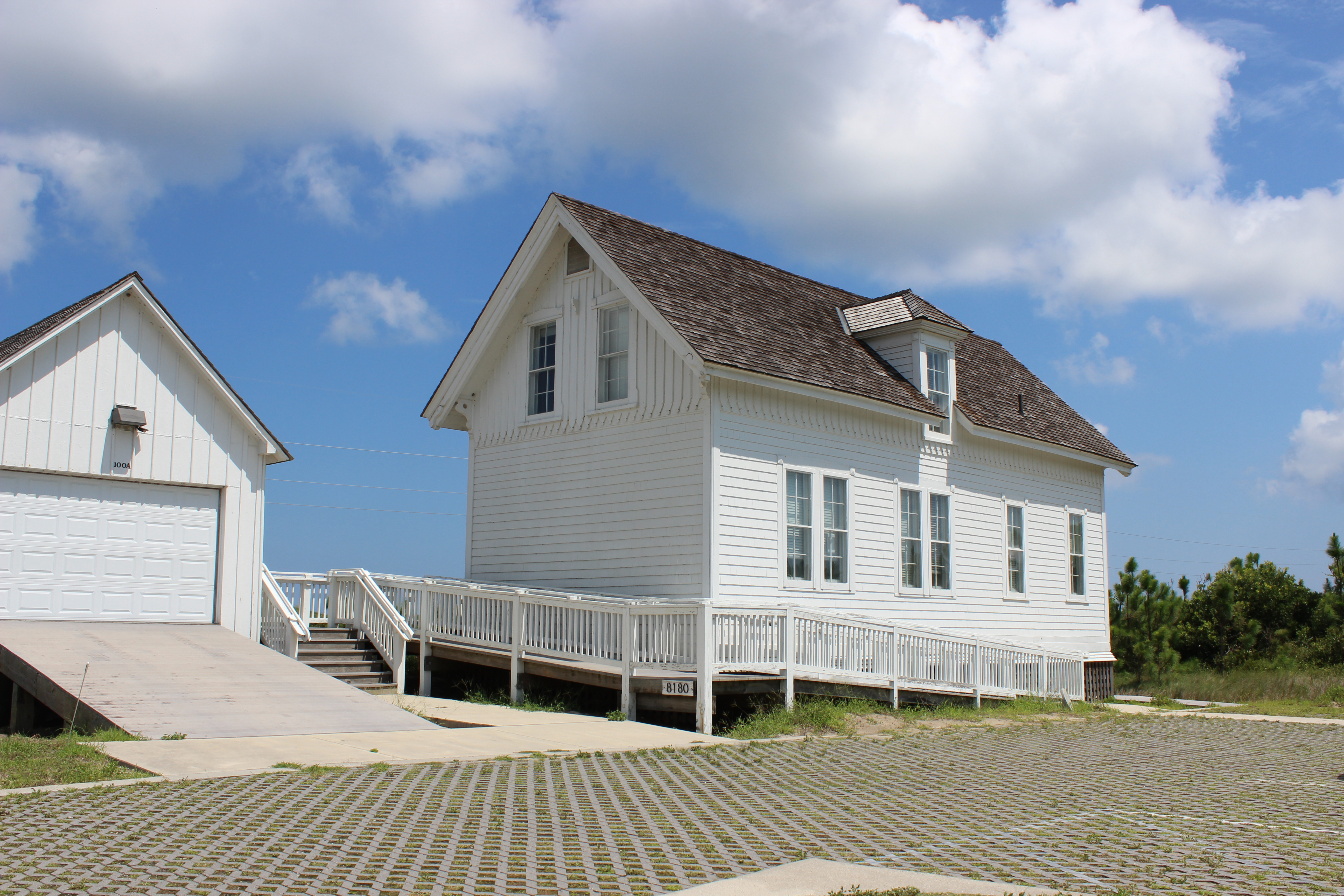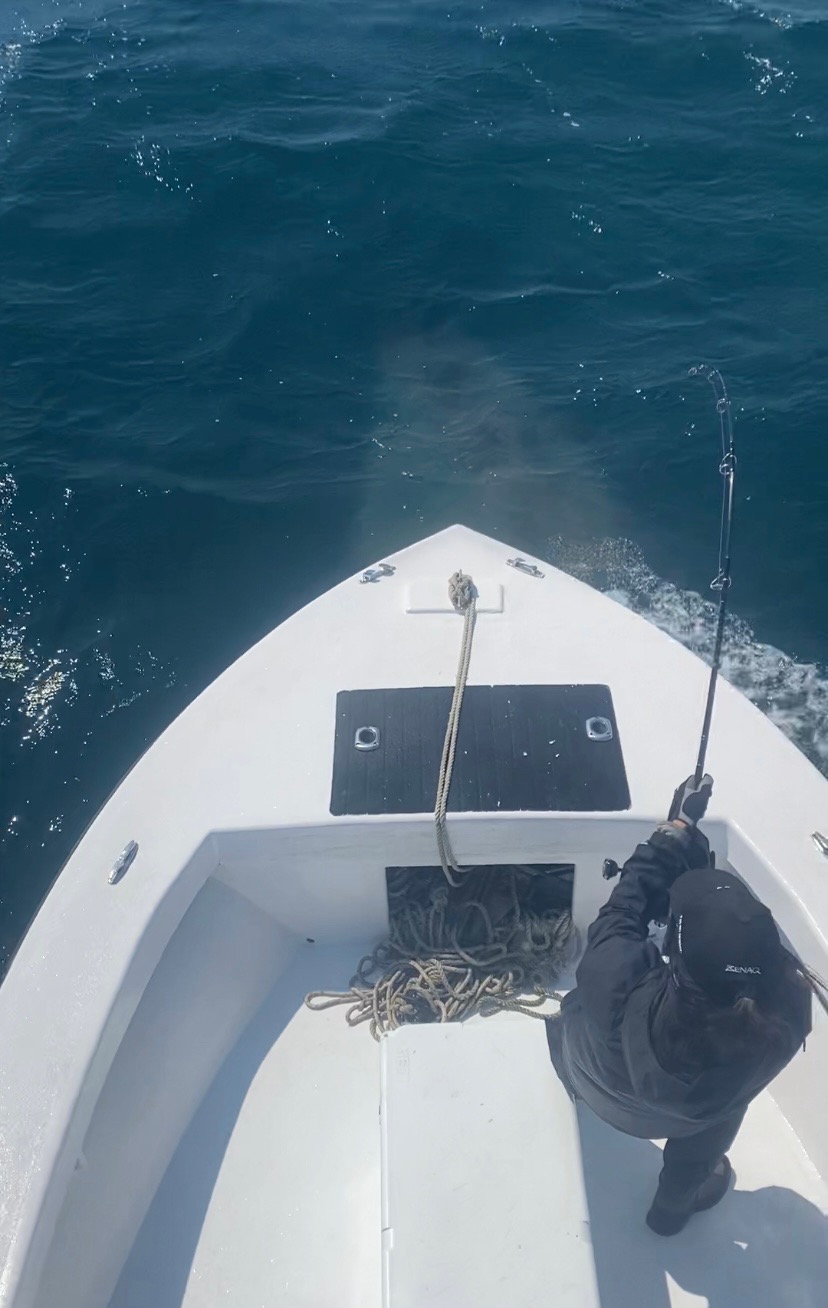Cape Hatteras Lighthouse lens is reassembled after a temporary move during museum renovation
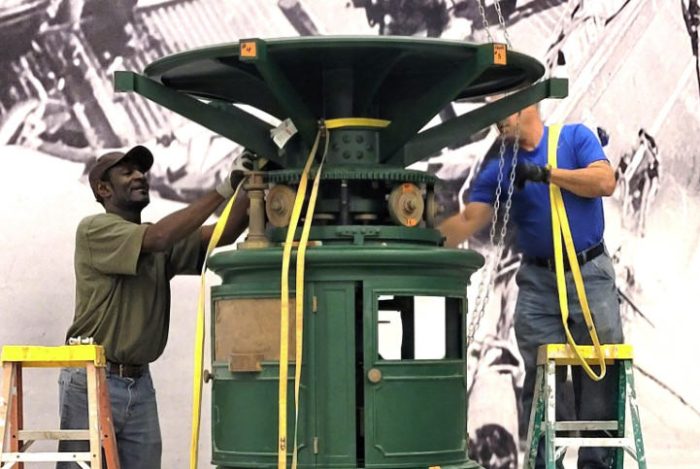
The original Cape Hatteras Lighthouse lens has been reassembled at its new and permanent location within the Graveyard of the Atlantic Museum after being temporarily moved during the museum’s lengthy renovation project.
The roughly 20-foot-tall structure, which has been housed within the museum for the past 18 years, was painstakingly taken apart and relocated to a secure and on-site storage area in March, while work progressed on the museum’s total renovation.
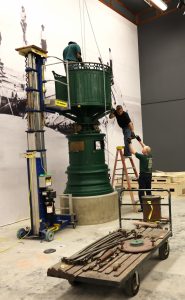
Though the prospect of a museum upgrade had been floating around for some time, in May 2021, the museum received a $4.1 million grant from the N.C. Department of Natural and Cultural Resources to conduct an overhaul of the Hatteras village site.
Months later, Dare County and the Outer Banks Visitors Bureau stepped in with an extra $500,000 in funds, which the state then boosted with an additional $400,000, resulting in a total of $5.1 million to bring the remodeling project to life.
In the fall of 2022, the Graveyard of the Atlantic Museum began the slow and intricate process of removing exhibit displays, and storing hundreds of artifacts to prepare for the actual renovation work to come.
But when it came to the heavy but delicate first-order Fresnel lens, an expert was needed to temporarily disassemble the structure, move it several hundred feet from the museum’s front gallery to the storage site, and eventually put it back together.
James Woodward, of The Lighthouse Consultant, LLC, was the obvious choice for the endeavor, due to his 58 years of experience in lighthouse lens restoration work. Woodward apprenticed under the last remaining U.S. Lighthouse Service Lampist in the Coast Guard in 1965, and his team of Master Lampist Tommy Cumella and Lampist Apprentice Leon Hodge performed both the March disassembly and the more recent October efforts to put the lens back together again.
Woodward was already familiar with the intricacies of the Cape Hatteras lens, as he was the one who installed it piece-by-piece at the Graveyard of the Atlantic Museum nearly 20 years ago.
A fully-intact Fresnel lens, (pronounced “Frenel” due to its French creator, Augustin-Jean Fresnel), is rare. There are an estimated 400 left in the country, including less than 40 first-order Fresnel lenses, which is the largest kind.
Because preserving the Cape Hatteras lens was the highest priority, the crew had to take their time with every detail of reassembling the complicated structure, and it took about a week for the lens to be restored to its original condition.
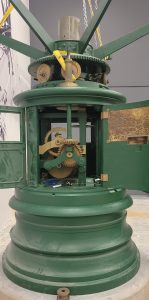
The crew arrived on October 2, and after seven days, the lighthouse was fully stationed at its new location within the gallery, instead of in the museum’s lobby where it originally stood.
It’s one of the many changes that museum-goers will notice when the renovation is complete and the museum re-opens to the public sometime in late 2023 or 2024.
The footprint of the museum, which includes 5,500 square feet of gallery space and 2,000 square feet of lobby space, will remain the same. But the exhibits and displays themselves will evolve in a way that will effectively double the number of artifacts that can be shown in any given year.
In the new design, exhibits will be able to be rotated every six months or so, with artifacts coming out of the secure and on-site storage area to be showcased in interactive displays. There are other new additions as well, including the recent installation of a WWI-era Krupp gun on the front porch, which was completed in July 2023.
Right now, the remodeling project consists of a series of moving parts. Work is being conducted by a main architect, a main contractor, and roughly 7-8 subcontractors in distinctive fields.
There is not an exact date for the project’s completion, but the reassembly of the lighthouse in its new gallery home is a great indication that the renovation work is steadily moving forward.






